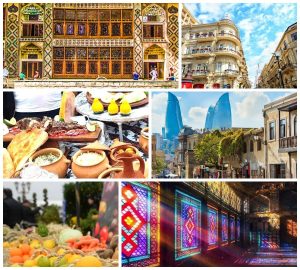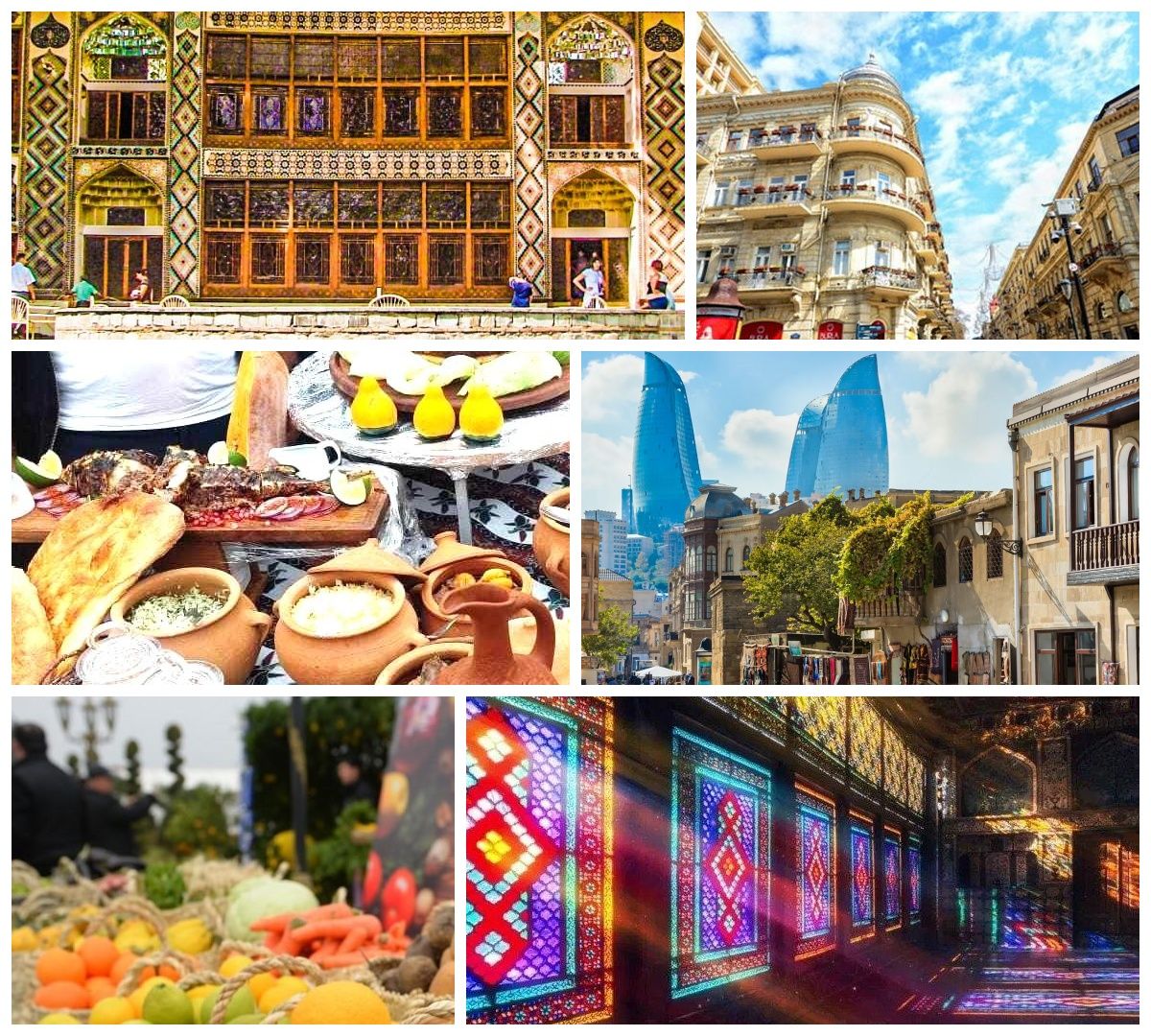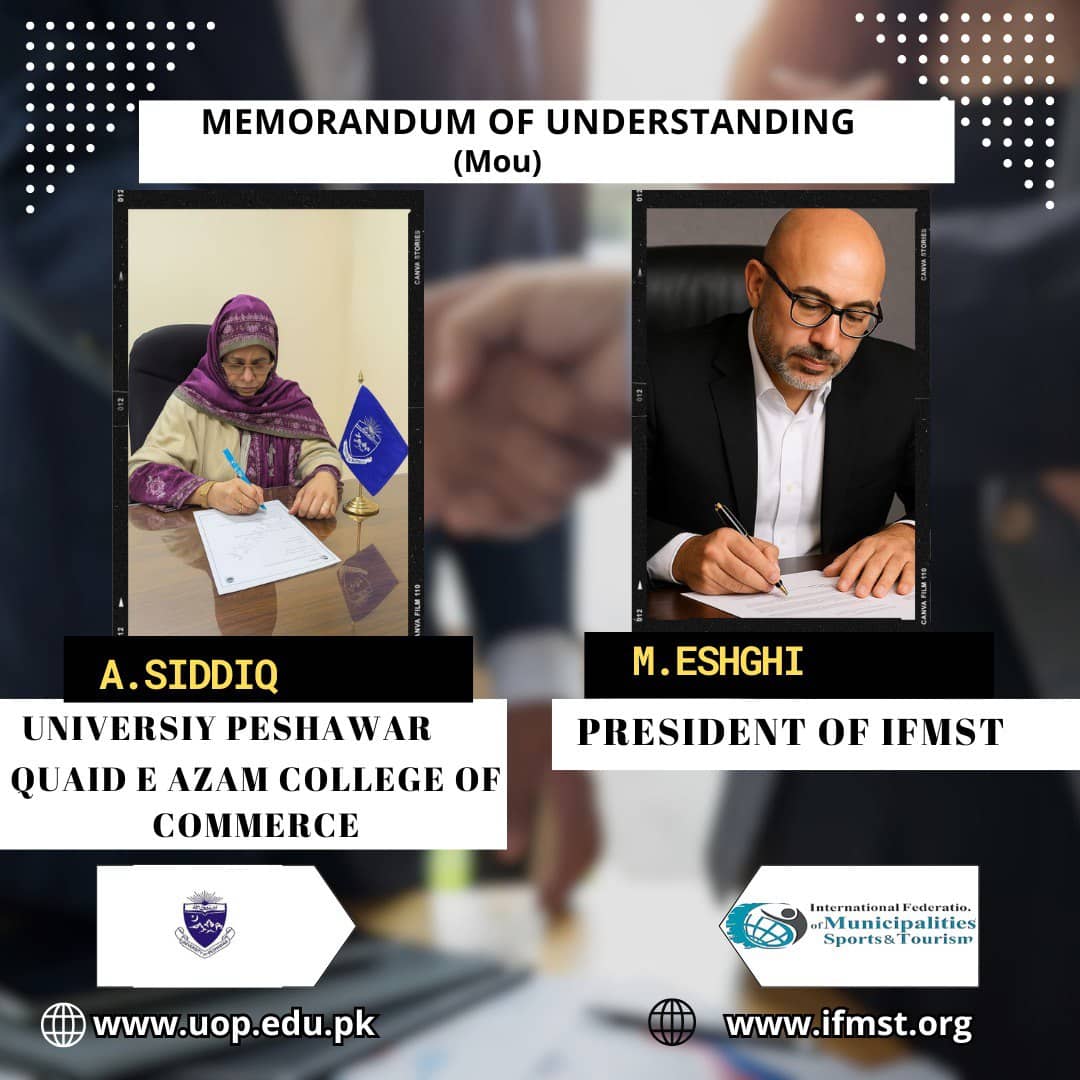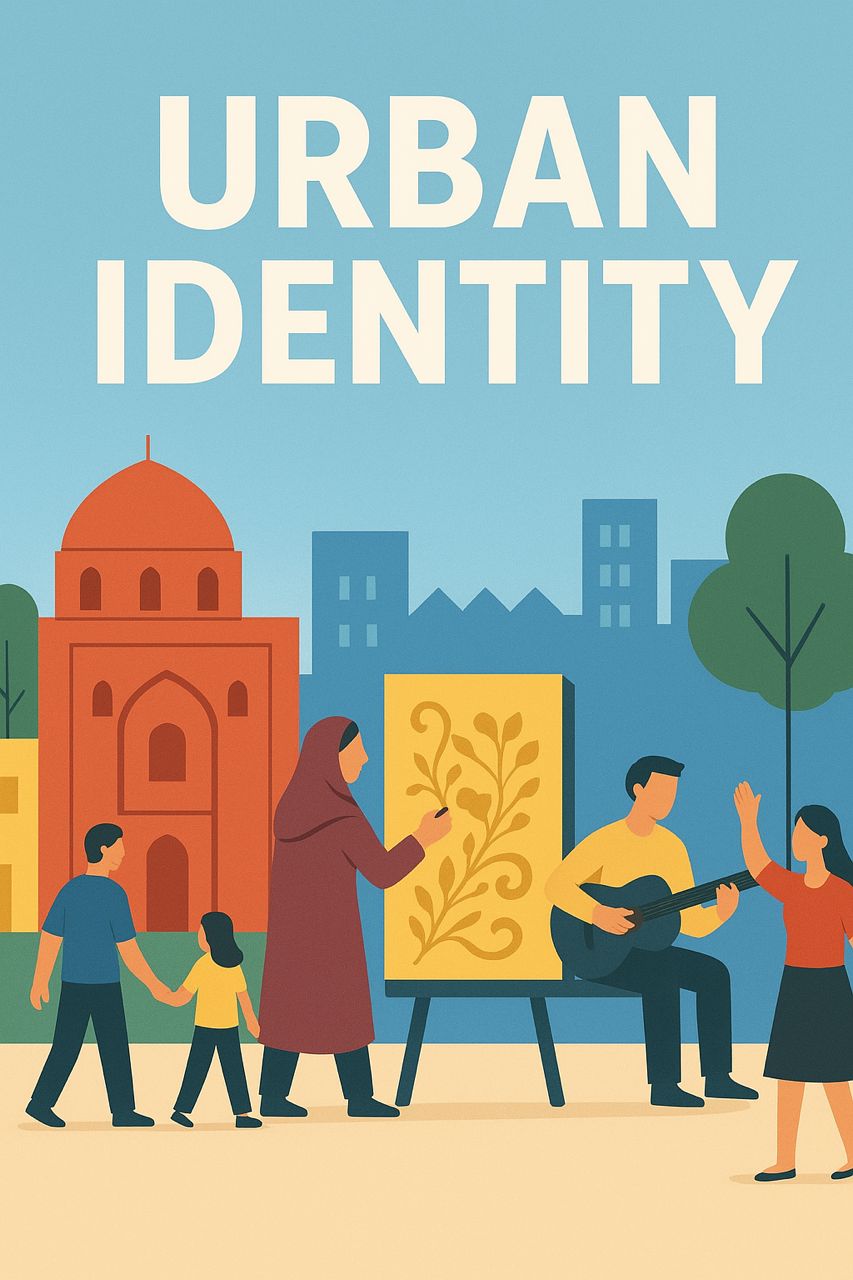
The Role of Culture and Arts in Urban Development
Creative and cultural cities act as centers of innovation and social interaction, playing a key role in sustainable development. This article explores the role of culture and arts in urban development, the impact of creative cities on attracting investment and tourism, and the challenges of preserving cultural heritage in modern cities.
1. The Role of Culture and Arts in Urban Development
Culture and arts are significant driving forces in urban development:
– Strengthening Identity and Social Cohesion: Arts and culture can help create a distinct identity for cities. The presence of artistic and cultural events can bring people together and reinforce their sense of belonging to the community.
– Stimulating Economic Activities: Arts and culture can serve as sources for job creation and economic activities. Creative industries, such as the fine arts, music, and theater, contribute to cultural content production and employment generation.
– Attracting Investment: Cities with vibrant cultural and artistic spaces tend to have better capabilities for attracting investors and establishing effective business connections.
2. Examining Creative Cities and Their Impact on Attracting Investment and Tourism
Creative cities, leveraging culture and arts as development factors, significantly influence investment attraction and tourism:
– Attracting Tourists: Creative cities can draw tourist attention by offering artistic events, cultural festivals, and exhibitions. These activities can act as motivators for tourism growth.
– Investment in Infrastructure: The presence of culture and arts in a city leads to the development of infrastructure related to cultural and artistic fields. Investors prefer to invest in cities that value culture and arts, as this reflects a dynamic and appealing community.
– City Branding: Culture plays a vital role in shaping urban branding. Cities with strong cultural identities can promote themselves as unique destinations, which contributes to attracting tourists and investment.
3. Challenges of Preserving Cultural Heritage in Modern Cities
Despite the advantages of creative and cultural cities, there are significant challenges in preserving cultural heritage:
– Conflict Between Development and Preservation: Urban processes and modernization may lead to the destruction or alteration of heritage spaces. This conflict can result in the loss of a city’s cultural identity.
– Globalization: Globalization may lead to cultural homogenization and weaken local cultures. This trend can hinder the ability to protect cultural heritage.
– Lack of Public Awareness: The lack of awareness regarding the importance of cultural heritage and the necessity of its preservation can diminish the community’s valuation of its history and urban identity.
Conclusion
Creative and cultural cities can serve as catalysts for urban development by focusing on arts and culture. Strengthening cultural identity and attracting investment and tourists require addressing the existing challenges of cultural heritage preservation. By creating a balance between modern development and the preservation of cultural values, these cities can become social and economic strengths that enhance residents’ quality of life.




